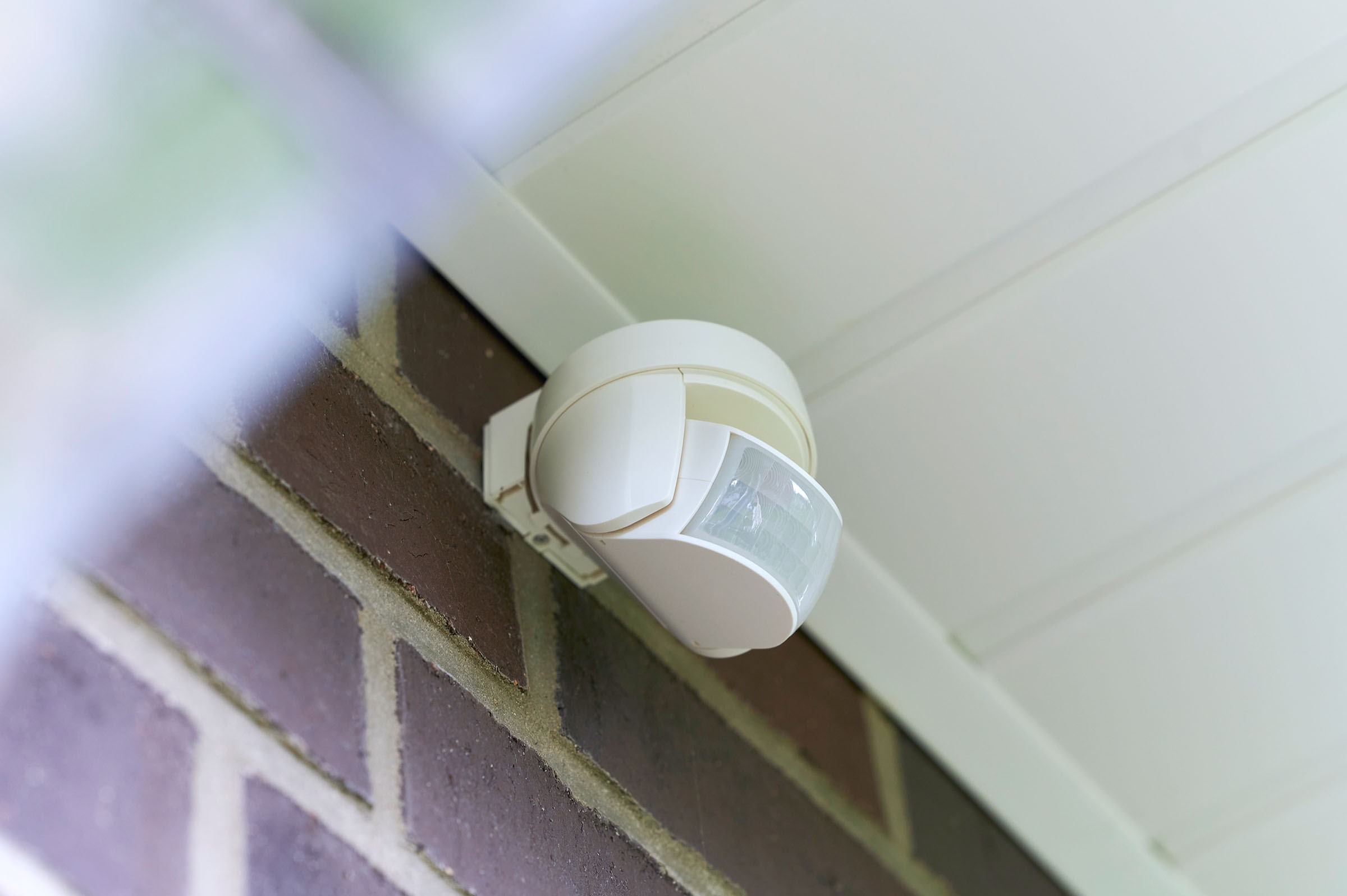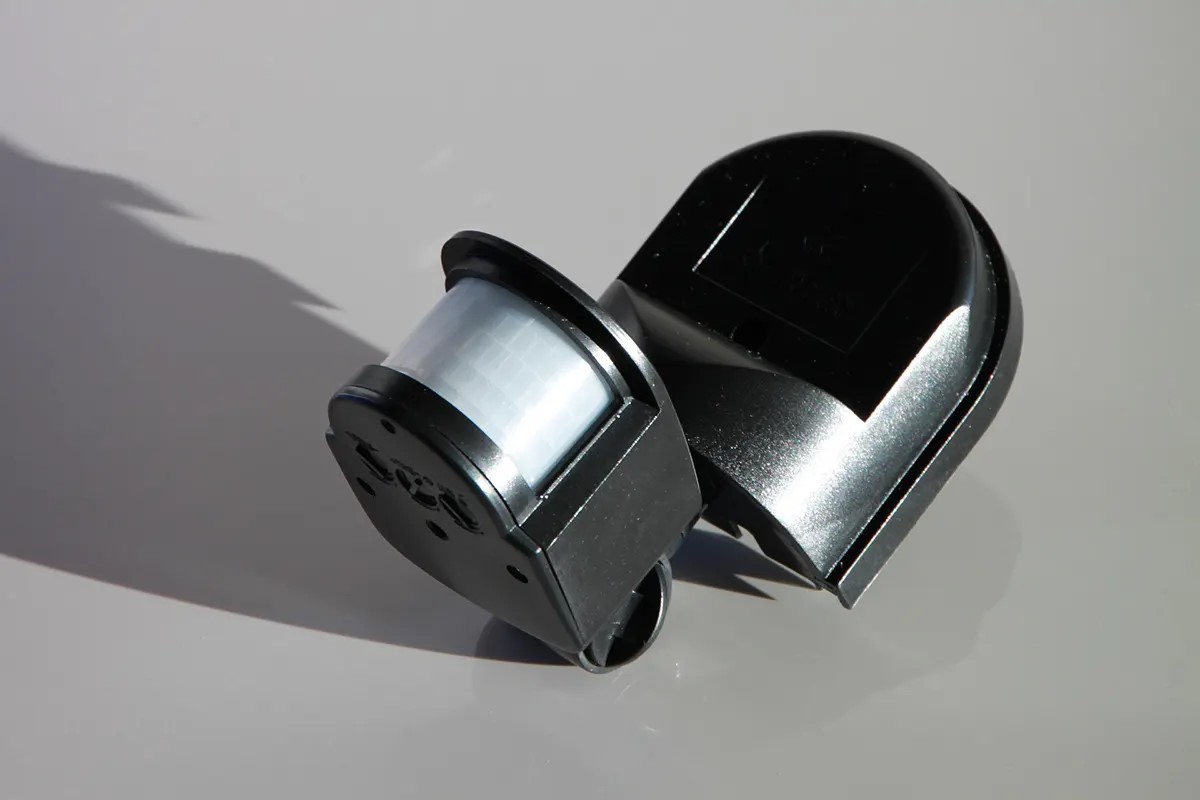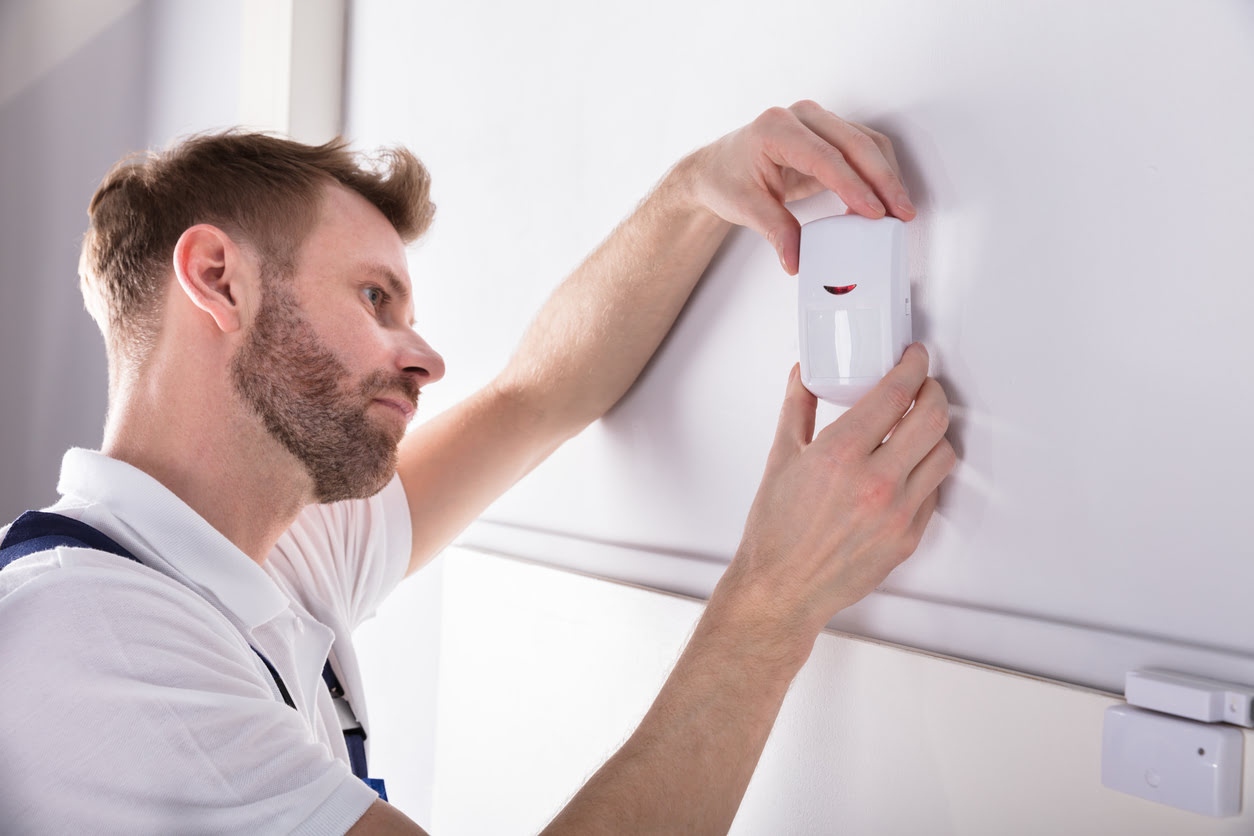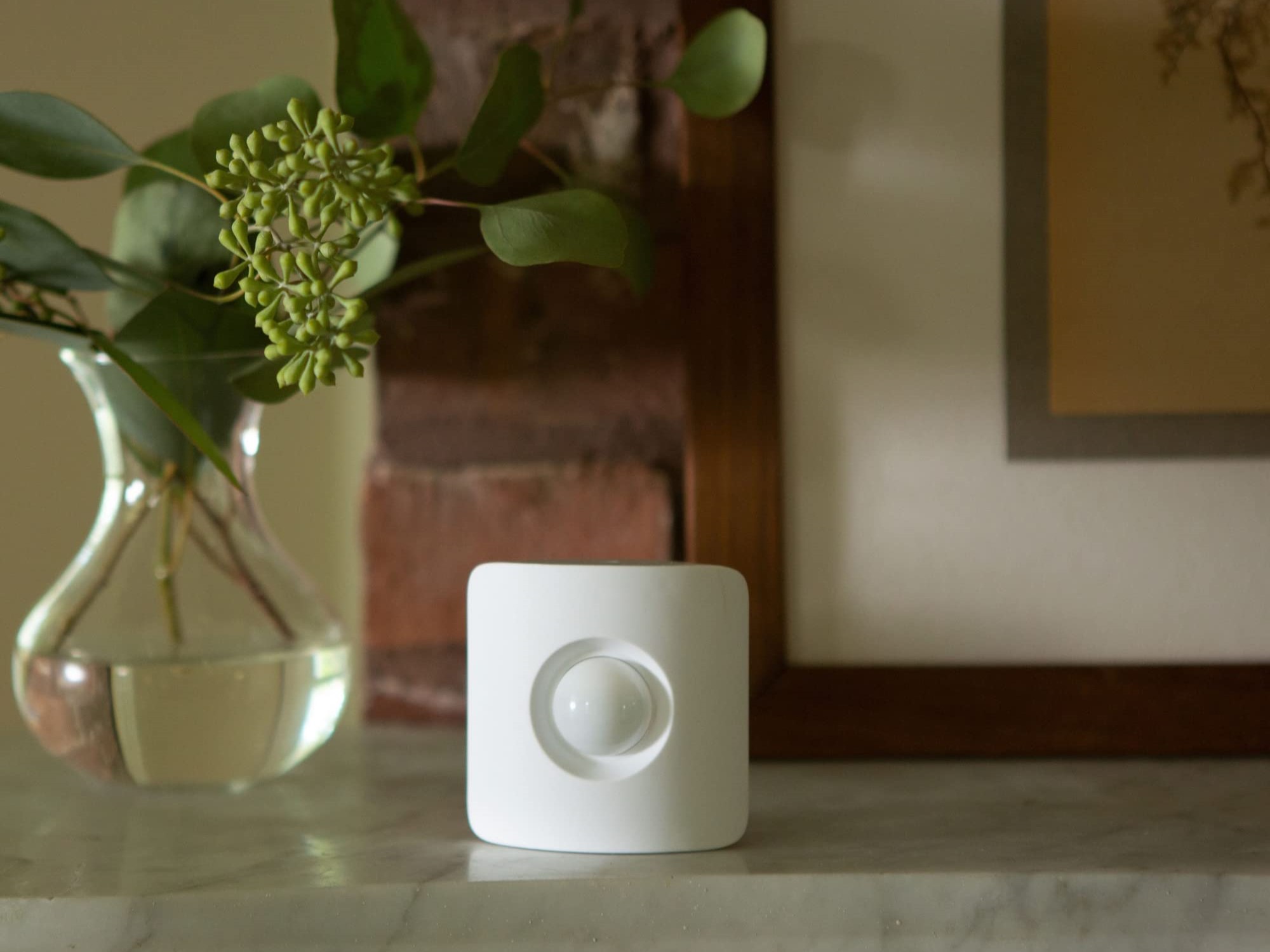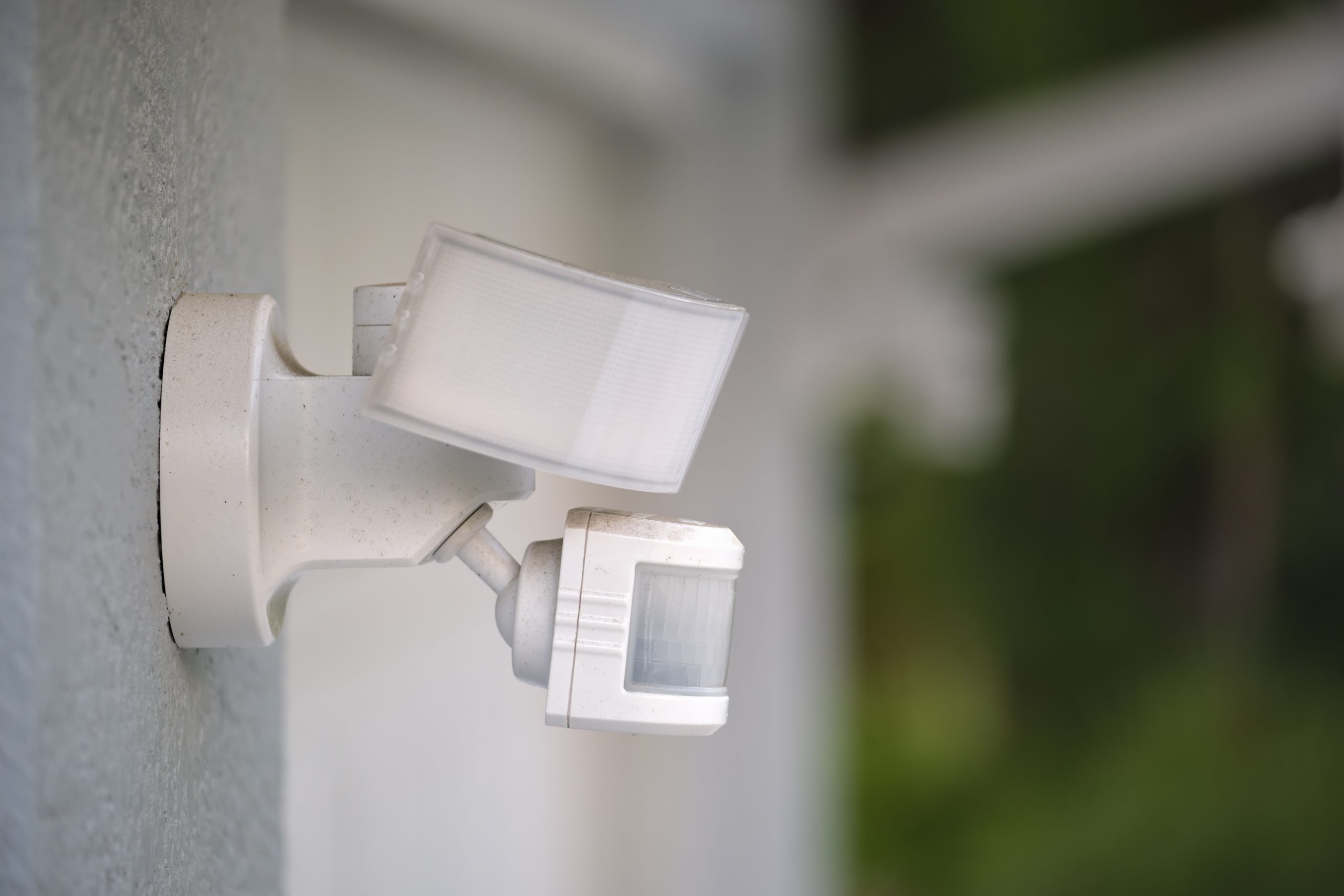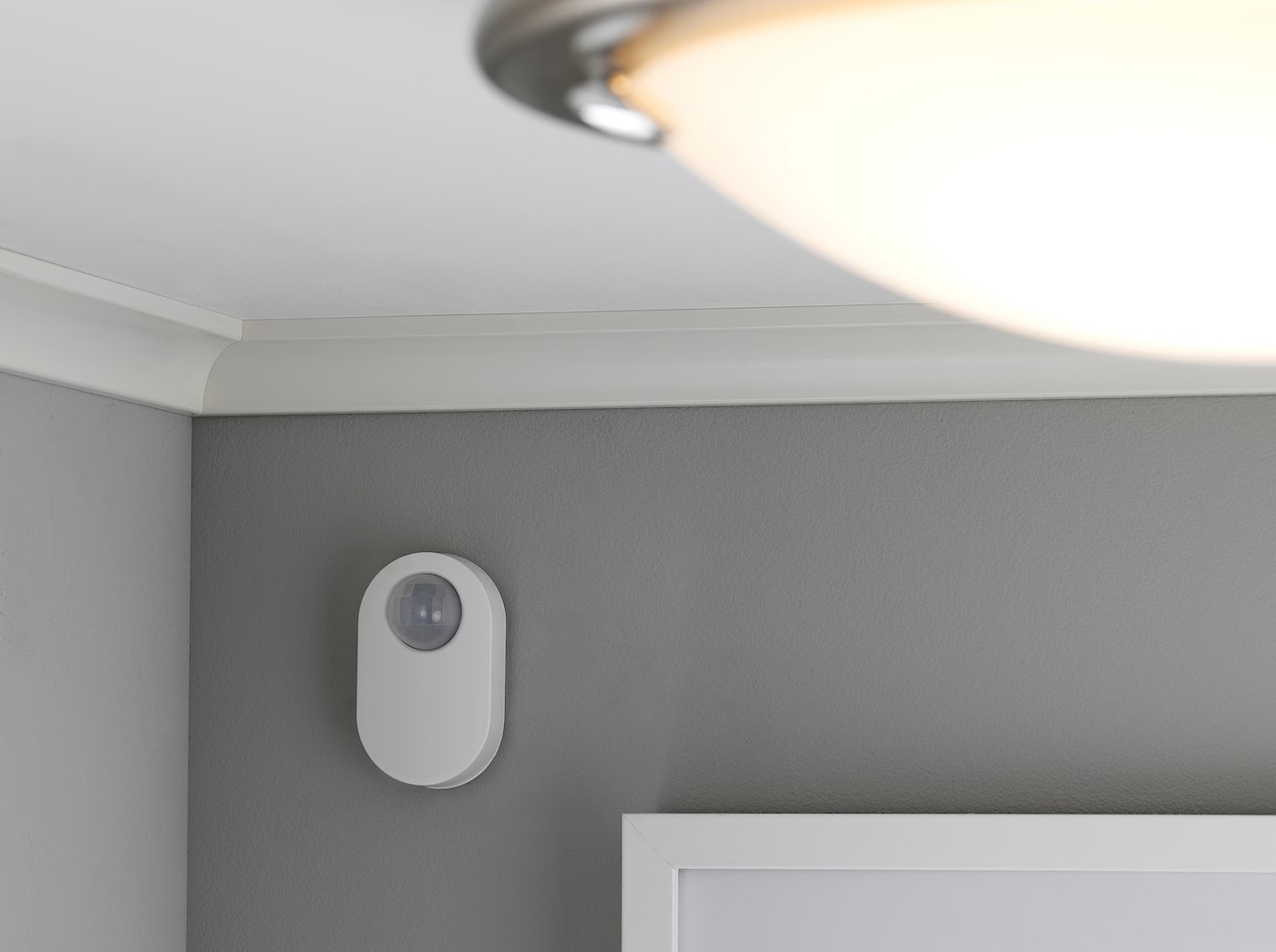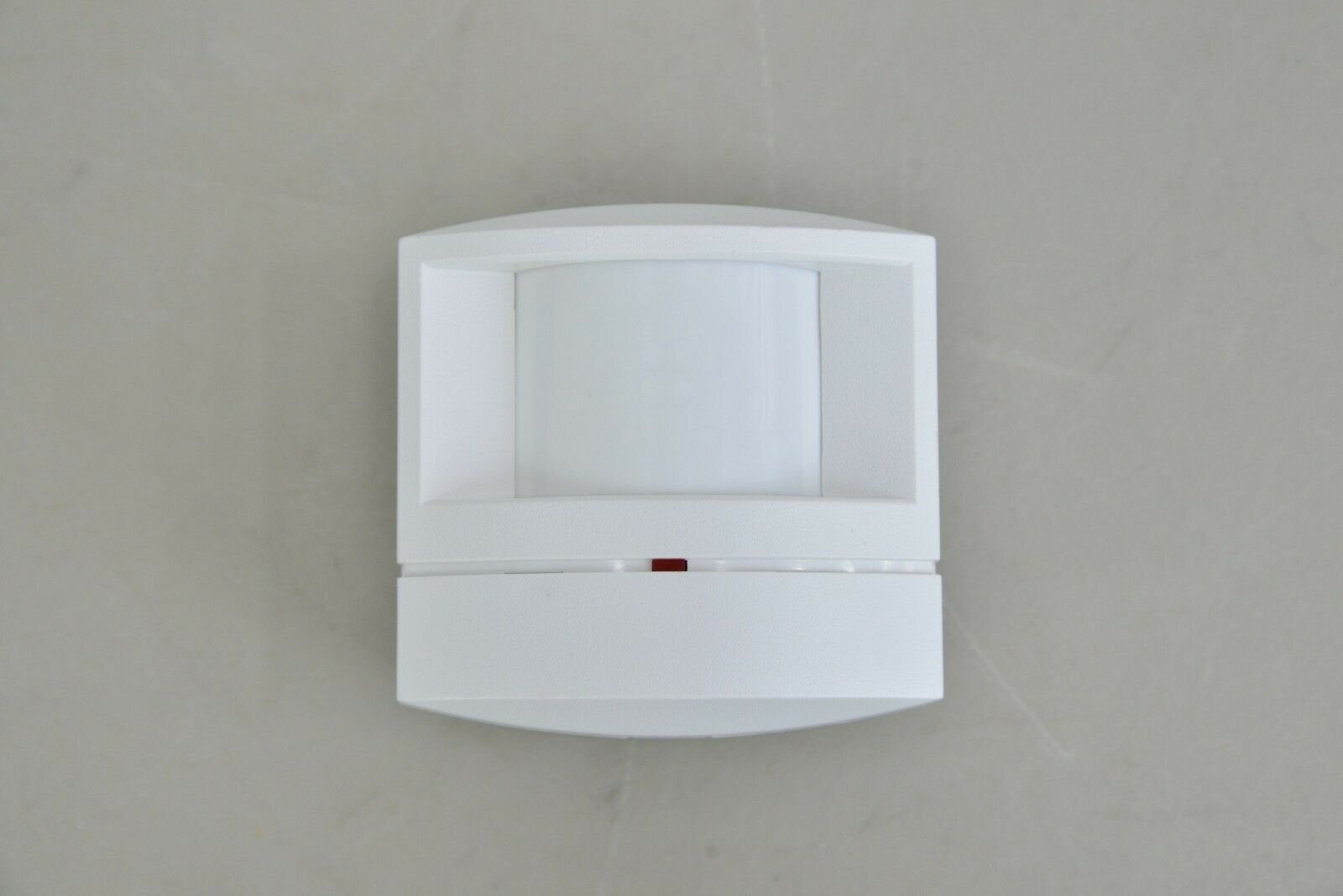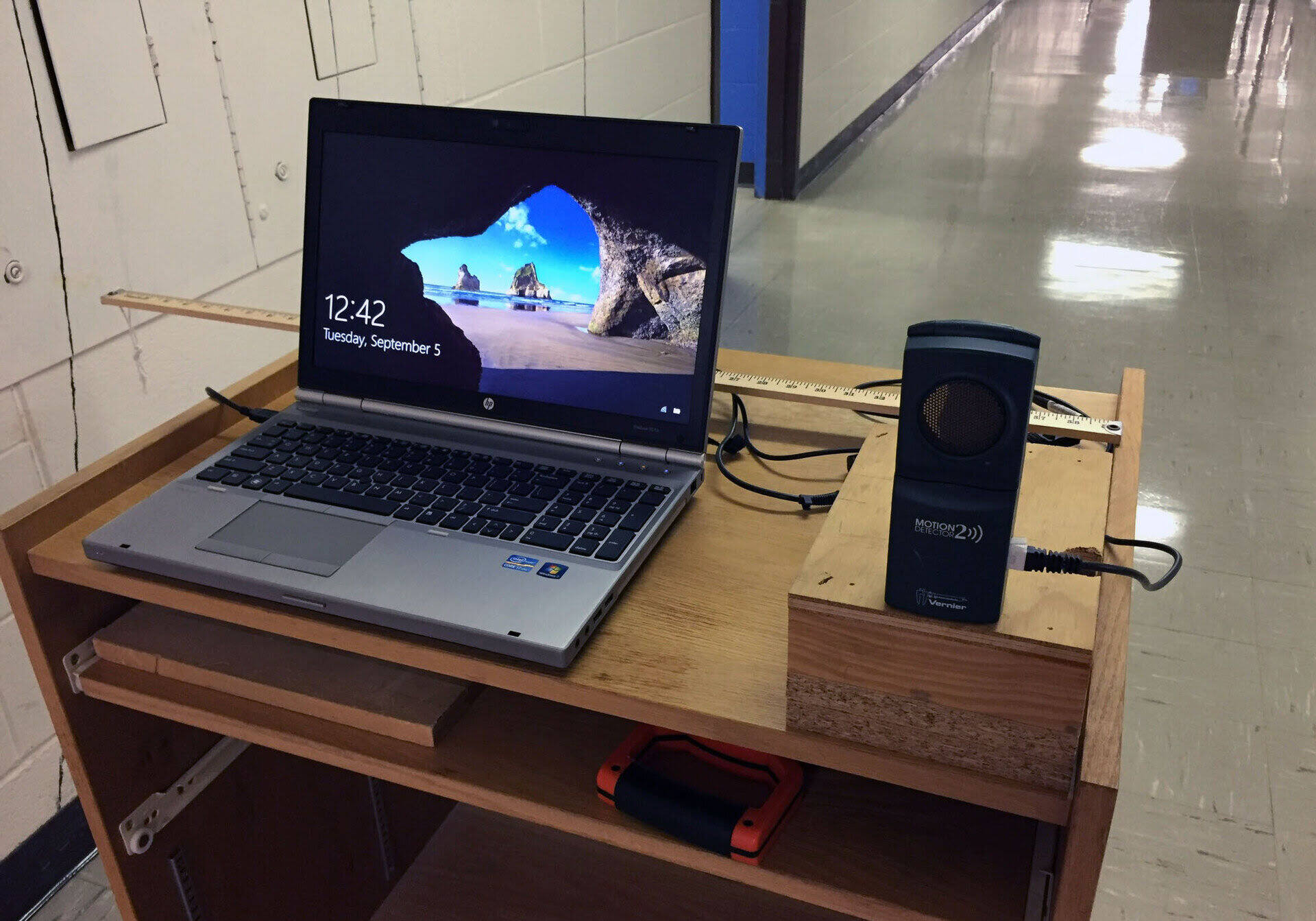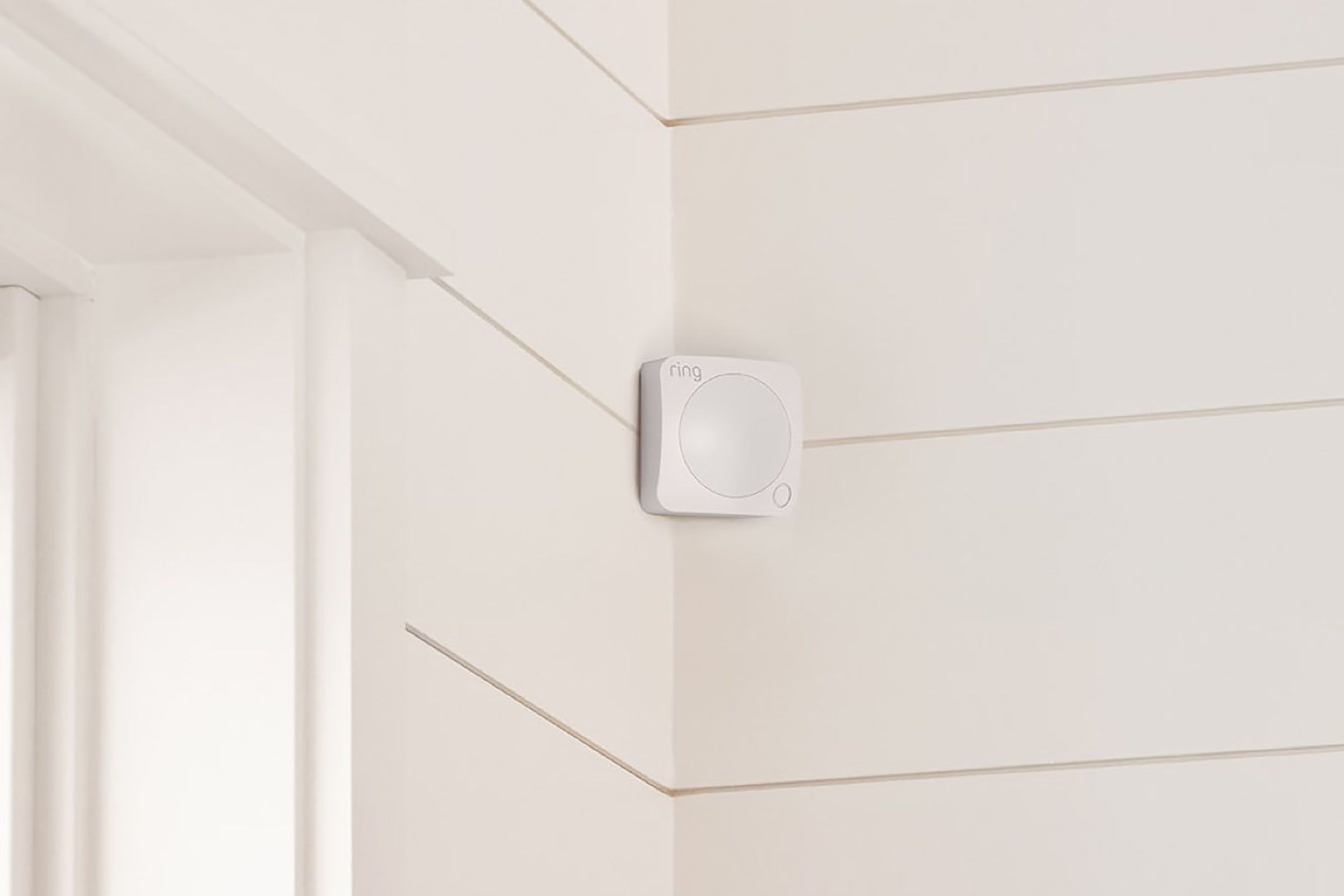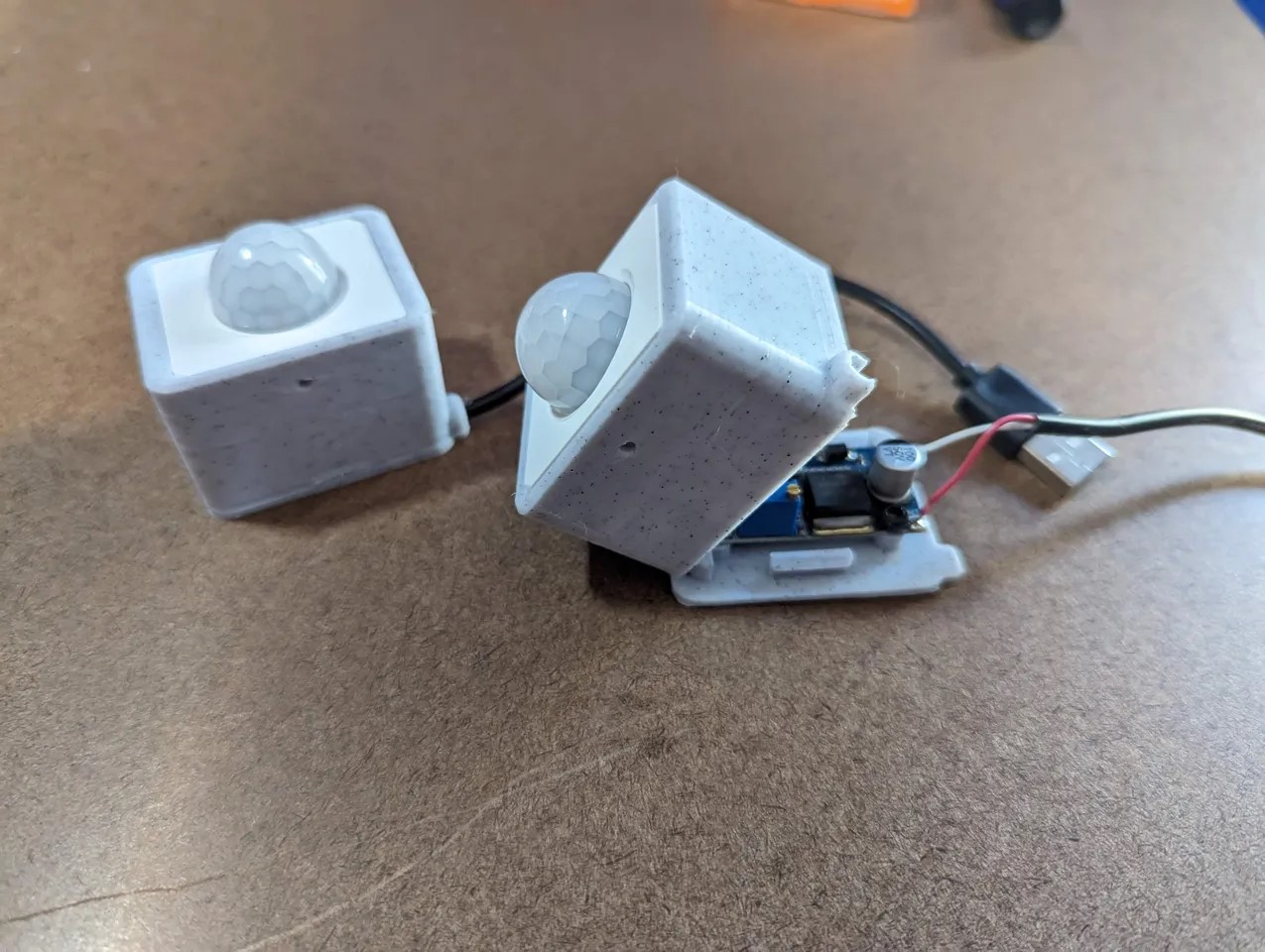Home>Home Security and Surveillance>How Much Area Does A Simplisafe Motion Detector Cover
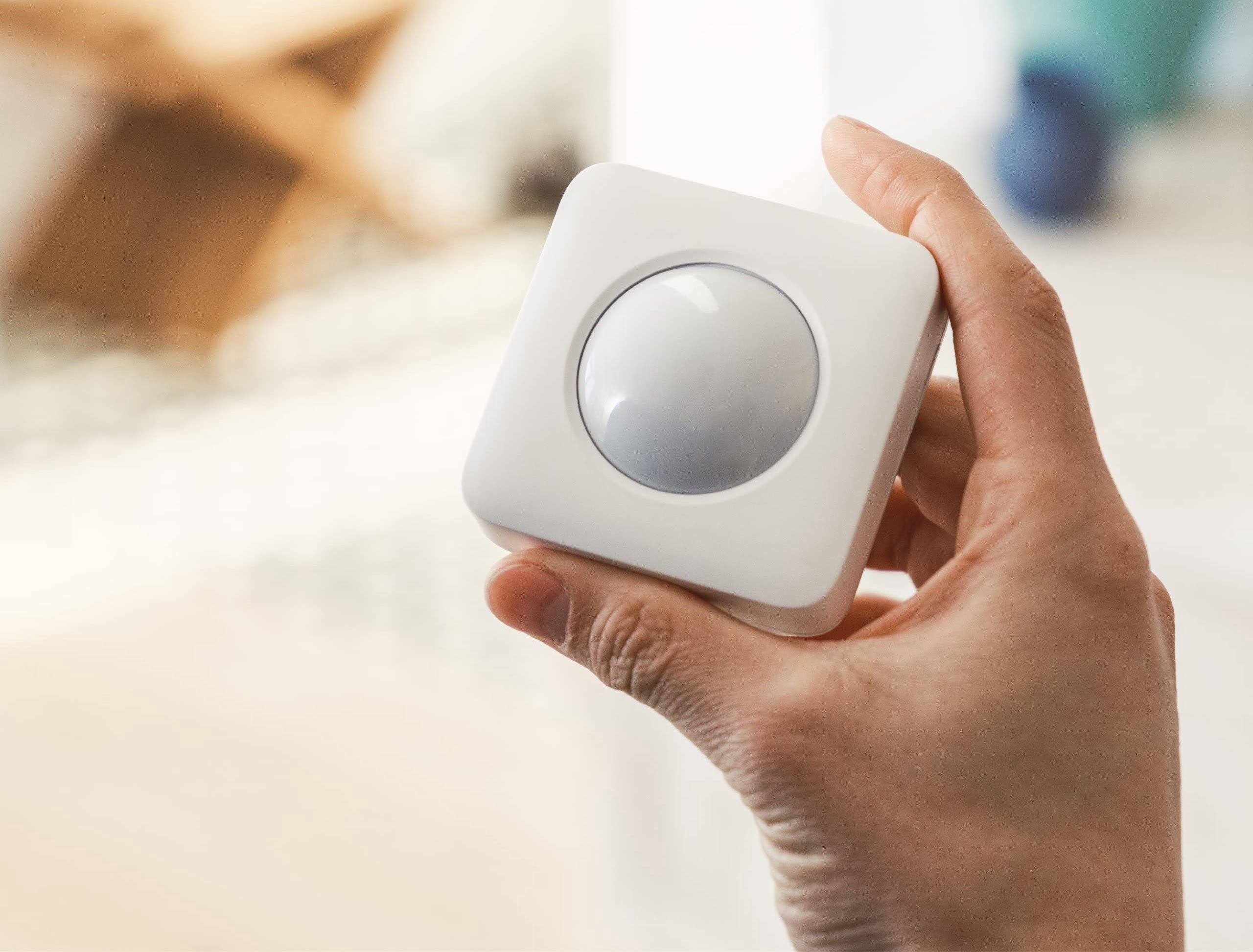

Home Security and Surveillance
How Much Area Does A Simplisafe Motion Detector Cover
Modified: March 6, 2024
Enhance your home security with Simplisafe motion detectors. Learn how much area these detectors cover for effective home security and surveillance.
(Many of the links in this article redirect to a specific reviewed product. Your purchase of these products through affiliate links helps to generate commission for Storables.com, at no extra cost. Learn more)
Introduction
Welcome to the world of home security and surveillance, where peace of mind and protection go hand in hand. In today’s ever-evolving and unpredictable world, it has become essential to prioritize the safety of our homes and loved ones. This is where home security systems play a crucial role, offering a comprehensive approach to safeguarding our homes from potential threats.
One integral component of a home security system is the motion detector. Motion detectors are designed to sense any movement within a designated area and trigger an alert or activate other security measures. These devices serve as the first line of defense, providing an added layer of protection and deterring potential threats.
In this article, we will delve into the intricacies of motion detectors, specifically focusing on Simplisafe motion detectors. We will explore the factors that affect the coverage area of a motion detector and how Simplisafe’s innovative technology ensures optimal security for your home. So, let’s dive in and gain a deeper understanding of motion detectors and their capabilities.
Key Takeaways:
- Simplisafe motion detectors use advanced technology to provide precise and customizable coverage, ensuring reliable detection without triggering false alarms caused by pets or common household activities.
- Determining and testing the coverage area of Simplisafe motion detectors is essential for optimal performance, ensuring that your home is effectively protected from potential threats.
Motion Detectors: An Overview
Motion detectors, also known as motion sensors or motion-activated sensors, are electronic devices that detect movement within a specific area. These sensors use various technologies, such as infrared, microwave, and ultrasonic, to sense changes in the environment and trigger a response. Motion detectors are commonly used in home security systems to detect intruders, but they also have applications in energy management and automation systems.
The primary function of a motion detector is to detect motion and send a signal to the central control panel of a home security system. From there, the control panel can initiate a range of actions, such as sounding an alarm, sending an alert to the homeowner’s smartphone, or activating surveillance cameras.
Motion detectors are available in different types, including passive infrared (PIR) sensors, active sensors, dual-technology sensors, and area reflective sensors. Each type has its own unique features and capabilities.
Passive infrared (PIR) sensors are the most common type of motion detectors used in home security systems. These sensors detect changes in heat patterns within their coverage area. When a person or animal enters the detection area, the PIR sensor detects the change in infrared radiation and triggers an alarm.
Active sensors emit infrared or microwave signals and measure the reflected energy or changes in the emitted signal. When an object moves within the sensor’s range, the reflected or emitted signals change, triggering the detection.
Dual-technology sensors combine two detection methods, such as PIR and microwave, to minimize false alarms. These sensors require both detection technologies to be triggered before activating an alarm.
Area reflective sensors use a beam of light that is projected across an area. When an object interrupts the beam of light, the sensor detects the change and triggers an alarm.
Motion detectors offer several benefits in a home security system. They provide an additional layer of protection by detecting unauthorized movement and triggering appropriate actions. Motion detectors can also save energy by automatically turning off lights or adjusting temperature settings when no motion is detected in a specific area.
Now that we have a basic understanding of motion detectors, let’s take a closer look at what factors can affect the coverage area of these devices and how Simplisafe motion detectors excel in this aspect.
Factors Affecting Coverage Area
The coverage area of a motion detector is determined by several factors that influence its ability to detect motion effectively. Understanding these factors is crucial to ensure optimal placement and maximize the efficiency of your home security system. Here are the key factors that affect the coverage area of a motion detector:
- Mounting Height: The height at which the motion detector is installed plays a significant role in its coverage area. Most motion detectors are designed to be mounted at a height of 6 to 8 feet above the floor. Mounting the detector too high may result in reduced coverage, as the sensor’s detection pattern may not reach the desired areas. On the other hand, mounting it too low can lead to excessive detection and false alarms.
- Detection Range: The range at which a motion detector can accurately sense motion is another crucial factor. Different motion detectors offer different detection ranges, typically ranging from 10 to 50 feet. It is important to select a motion detector with a range suitable for the specific area you want to monitor. Keep in mind that the detection range may vary depending on the technology used in the sensor.
- Field of View (FOV): The field of view refers to the area that the motion detector can cover. It is typically measured in degrees. The wider the field of view, the larger the coverage area of the detector. Motion detectors with adjustable FOV allow you to customize the coverage area based on your specific needs. Keep in mind that a wider FOV may also increase the chances of false alarms caused by movement outside the desired detection area.
- Sensitivity: The sensitivity of a motion detector determines the threshold at which it detects motion. A higher sensitivity setting may result in increased detection range but may also produce more false alarms triggered by small movements, pets, or environmental factors. It is important to find the right balance between sensitivity and reducing false alarms.
- Obstacles and Interference: The presence of obstacles or interference within the coverage area can affect the performance of a motion detector. Walls, furniture, plants, or other objects can obstruct the sensor’s detection pattern and may result in blind spots or reduced coverage. Additionally, interference from other electronic devices, such as TVs, heaters, or fluorescent lights, can also interfere with the motion detector’s operation.
- Placement and Angle: Proper placement and angling of the motion detector are crucial for achieving optimal coverage. The detector should be positioned to cover the desired areas while avoiding direct exposure to potential sources of false triggers, such as windows, heating vents, or areas with frequent movement of curtains or blinds. It is recommended to follow the manufacturer’s guidelines for placement and installation.
Understanding these factors will help you make informed decisions when selecting and installing motion detectors in your home security system. Now, let’s explore Simplisafe motion detectors and how they can provide reliable and comprehensive coverage for your home.
Understanding Simplisafe Motion Detectors
Simplisafe is a renowned name in the home security industry, known for their user-friendly and effective security solutions. Simplisafe motion detectors are designed to provide reliable and accurate motion detection capabilities, ensuring the utmost protection for your home and loved ones.
Simplisafe motion detectors utilize advanced technology and innovative features to enhance their performance and minimize false alarms. Here’s what you need to know about Simplisafe motion detectors:
- Precision Detection: Simplisafe motion detectors are engineered to deliver precise and accurate detection. They utilize infrared technology to sense changes in heat patterns within their coverage area, ensuring reliable detection without triggering false alarms caused by small pets or other common household activities.
- Customizable Coverage: Simplisafe motion detectors offer customizable coverage options. With adjustable field of view and sensitivity settings, you can tailor the coverage area based on your specific needs. This flexibility allows you to focus on specific entry points or areas of concern while minimizing the chances of false alarms.
- Pet-Friendly Design: Simplisafe motion detectors are designed with pet-friendly features. They have a pet immunity function that filters out the movements of small pets or animals weighing up to a certain threshold (e.g., 50 pounds) to prevent false alarms. This ensures that your furry friends can move freely without triggering unnecessary alerts.
- Wireless Connectivity: Simplisafe motion detectors are wireless, eliminating the need for complex wiring installations. This makes it easier to install and allows for flexible placement options. The wireless connectivity also ensures seamless integration with the Simplisafe home security system, enhancing its overall effectiveness and ease of use.
- Long Battery Life: Simplisafe motion detectors are equipped with long-lasting batteries, ensuring reliable operation without the need for frequent battery replacements. The extended battery life adds to the convenience and reliability of these motion detectors.
- Integration with Simplisafe Ecosystem: Simplisafe motion detectors seamlessly integrate with the wider Simplisafe ecosystem, allowing you to create a comprehensive and interconnected home security system. They work in tandem with other Simplisafe components, such as door and window sensors, security cameras, and the central control panel, to provide a robust defense against potential threats.
With Simplisafe motion detectors, you can rest assured that your home is protected by advanced and reliable motion detection technology. These detectors offer customizable coverage, pet-friendly features, wireless connectivity, long battery life, and seamless integration within the Simplisafe ecosystem.
Now that we have a good understanding of Simplisafe motion detectors, let’s explore how we can determine the coverage area of a Simplisafe motion detector in your home security system.
A SimpliSafe motion detector typically covers an area of 30 feet by 90 degrees. Placing it in a corner of a room can maximize coverage.
Determining the Coverage Area of a Simplisafe Motion Detector
Determining the coverage area of a Simplisafe motion detector is essential to ensure effective security coverage in your home. It involves understanding the detection range, field of view, and placement considerations. Here’s a step-by-step guide to help you determine the coverage area of a Simplisafe motion detector:
- Review the Specifications: Start by reviewing the specifications provided by Simplisafe for the motion detector model you have. Look for information on the detection range and field of view. This will give you a general idea of the coverage area you can expect from the detector.
- Consider the Detection Range: The detection range of a motion detector refers to the maximum distance at which it can accurately sense motion. Factor in the size of the area you want to monitor and ensure that the detection range is sufficient to cover that area effectively. Keep in mind that obstacles or interference may affect the actual range in practical scenarios.
- Assess the Field of View: The field of view (FOV) of a motion detector refers to the area that the detector can cover. Simplisafe motion detectors typically offer a wide, 90-degree field of view. Consider the layout of the area you want to monitor and ensure that the FOV of the detector can cover the desired angles and corners effectively.
- Understand the Placement Considerations: Proper placement of the motion detector is crucial for accurate motion detection. Consider the mounting height, angle, and positioning of the detector. Simplisafe recommends mounting the detector at a height of 6 to 8 feet above the floor. Ensure that the detector is positioned to cover the areas of concern while avoiding potential obstacles and sources of false triggers, such as windows or heating vents.
- Test and Adjust: Once you have installed the Simplisafe motion detector according to the recommended guidelines, test its coverage area by walking through the monitored areas and observing if the detector accurately detects your movement. Make adjustments as necessary, such as fine-tuning the angle or sensitivity settings, until you achieve optimal coverage and minimize false alarms.
- Consider Multiple Detectors: Depending on the size and layout of your home, you may need to consider using multiple Simplisafe motion detectors to ensure comprehensive coverage. Strategically placing multiple detectors can help eliminate blind spots and provide a more robust security system.
By following these steps, you can determine the coverage area of a Simplisafe motion detector and ensure that your home is effectively protected from potential threats. Remember to refer to the specific guidelines provided by Simplisafe and make any necessary adjustments based on your unique home environment.
Now that you have a clear understanding of how to determine the coverage area of a Simplisafe motion detector, let’s move forward and discuss how you can test the coverage area to ensure optimal performance.
Read more: How Do I Test My Simplisafe Motion Detector
Testing the Coverage Area of a Simplisafe Motion Detector
Testing the coverage area of a Simplisafe motion detector is crucial to ensure that it effectively detects motion in the desired areas of your home security system. By conducting a thorough test, you can identify any blind spots, adjust sensitivity settings, and optimize the placement of the detector. Here’s how you can test the coverage area of a Simplisafe motion detector:
- Prepare the Environment: Before you begin testing, ensure that the motion detector is properly installed and connected to your Simplisafe system. Make sure all the required components are in place and in good working condition. Also, consider adjusting any surrounding lighting conditions to mimic the typical lighting levels during operation.
- Define the Test Areas: Identify the specific areas you want the motion detector to cover. These areas may include entry points, hallways, or rooms of concern. Plan your test accordingly to cover these areas and simulate various scenarios in which you would expect the motion detector to detect movement.
- Walk Test: Stand in one corner of the designated test area and slowly walk towards the motion detector, closely observing its response. Take note of any delays, false alarms, or areas where the detector fails to detect your movement. Repeat this process for each area you want to test. This will help you identify any blind spots or areas that require adjustment.
- Obstacle Test: Introduce potential obstacles, such as furniture or decorative objects, into the test area. Walk around or behind these objects to examine the motion detector’s response. Observe if the detector accurately detects your movement or if there are any false alarms triggered by the presence of obstacles.
- Pet Test: If you have pets in your home, conduct a pet test to ensure that the motion detector’s pet immunity feature is functioning correctly. Allow your pets to move within the detection area to see if the detector ignores their movements, preventing unnecessary alarms.
- Adjust Sensitivity: If necessary, adjust the sensitivity settings of the motion detector. This can help fine-tune the detection threshold and minimize false alarms. Refer to the manufacturer’s instructions on how to adjust the sensitivity and make incremental adjustments until you find the optimal setting for your specific environment.
- Reposition and Retest: Based on the results of your initial test, consider repositioning the motion detector if there are any areas of concern or blind spots. Adjust the angle and placement to ensure optimal coverage. Retest the detector and make further adjustments as needed until you achieve the desired coverage and accuracy.
By conducting thorough testing of the coverage area, you can ensure that your Simplisafe motion detector is performing optimally and providing reliable motion detection for your home security system. Regular testing, especially in different lighting and environmental conditions, can help identify any changes or issues that may affect the performance of the detector.
Now that you have a clear understanding of how to test the coverage area of a Simplisafe motion detector, let’s summarize the key points discussed in this article.
Conclusion
Home security and surveillance are paramount in today’s world, and motion detectors play a crucial role in ensuring the safety and protection of our homes. Simplisafe motion detectors offer advanced features and reliable performance, making them an excellent choice for your home security system.
In this article, we explored the factors that affect the coverage area of motion detectors and how to determine the coverage area of a Simplisafe motion detector. We discussed the importance of reviewing specifications, considering detection range and field of view, and understanding placement considerations. We also highlighted the significance of testing the coverage area to identify blind spots, optimize sensitivity settings, and adjust the placement of the motion detector.
Understanding the coverage area of your Simplisafe motion detector ensures that it effectively detects motion in the desired areas, minimizing false alarms and maximizing the security of your home. By following the steps outlined in this article, you can take full advantage of Simplisafe’s advanced technology and customizable features, tailoring the coverage area to fit your specific needs.
With Simplisafe motion detectors in place, you can have peace of mind knowing that your home is protected by reliable and accurate motion detection. Whether it’s detecting potential intruders, monitoring activity in specific areas, or enhancing energy management, Simplisafe motion detectors deliver exceptional performance and integrate seamlessly with the wider Simplisafe ecosystem.
Investing in a reliable and comprehensive home security system is crucial, and Simplisafe provides the perfect solution with their advanced motion detection technology. Take the necessary steps to determine and test the coverage area of your motion detectors to ensure optimal performance and peace of mind for you and your loved ones.
Remember, safety and security are paramount, and Simplisafe motion detectors serve as a vital component in safeguarding your home. Embrace the power of innovative technology and rest easy knowing that your home is protected by Simplisafe motion detectors.
Frequently Asked Questions about How Much Area Does A Simplisafe Motion Detector Cover
Was this page helpful?
At Storables.com, we guarantee accurate and reliable information. Our content, validated by Expert Board Contributors, is crafted following stringent Editorial Policies. We're committed to providing you with well-researched, expert-backed insights for all your informational needs.
